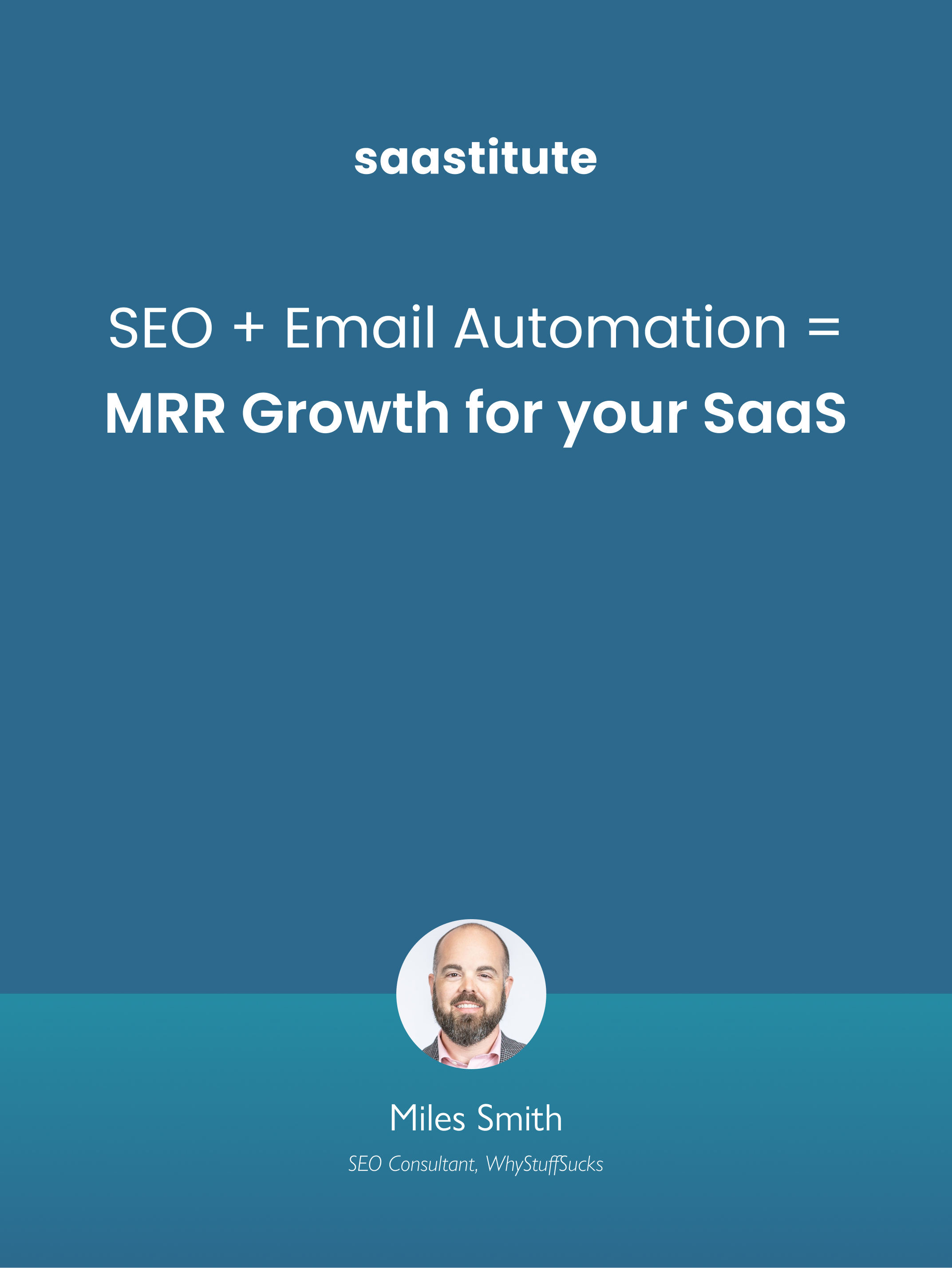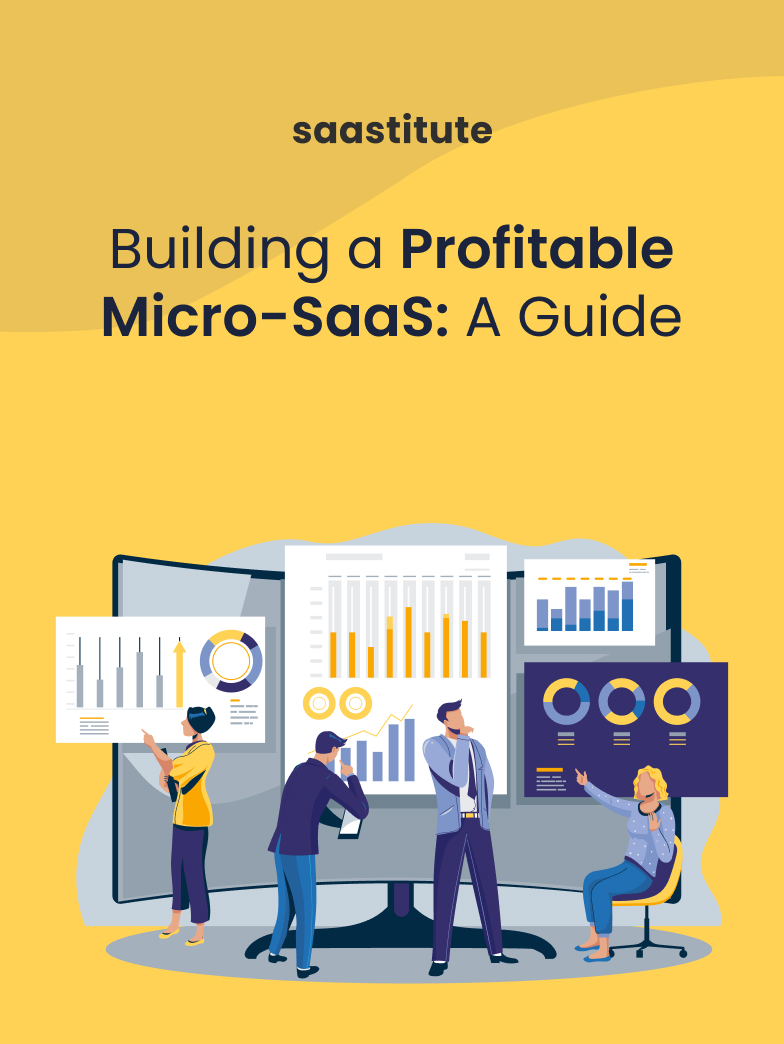What Should Your SaaS Cost?
Pricing if done rightly ensures a steady recurring revenue stream and even market dominance. Here is how you should price your SaaS.

In today’s world, pricing can make or break your SaaS product. It’s all about numbers and bringing the best service to the table at an affordable price, keeping in mind the needs of the customers and the competition at hand.
You could have the most advanced technology and multiple integrations to make your product the best there is and stand out from the crowd, but if it’s priced without prior research into market conditions and competitor pricing, it could just be looked over as another rip-off.
Thinking about how to price your SaaS product, you may be confused as to how to choose a pricing model for your SaaS. As the nature of SaaS spans beyond one-time purchases, you are free to explore SaaS pricing models like time-honored subscriptions based on seats or packages of seats, characteristic based pricing, user persona based pricing, feature based pricing or the freemium approach for a more diverse software.
There’s a lot of factors that go into pricing a product, and today we’re gonna discuss a few of them.
Know your market
Market research is an imperative tool to gain insight before dipping your toes in the ocean. With rising competition and cheaper production methods, it seems like there’s a new version of the product every day.
Conducting a market survey, taking polls from suppliers, vendors, customers, and the general public is a good way to get a sneak peek into the market. Narrow down on your target customer segment and ideal customer profile. Get a spreadsheet and highlight your target user persona. Your Saas pricing should align with the interest of your target segment.
Know your competition
Every product on the market has competition, and knowing their pricing strategy helps with choosing yours. But choosing a price based entirely on your competition's price is not recommended. Setting a price relative to your competitors i.e. using the same SaaS pricing model doesn't make you the market leader.
You need to find where you fit in the marketplace. Your price has to be competitive but not at the cost of product quality. It should be priced such that it gives the competitors a run for their money but also not so high that the target audience can’t afford it.
A few things to know about your competition are:
- What’s their pricing strategy?
- What are the similarities between your products?
- What sets your product apart from the competition?
- How deep is the competition in the market?
It is the gaps in their product pricing that you should ideally aim to target.
Know your product
It goes without saying that you can sell something if you know it well. You need to assess your product and assign value to it. Comparing your product with alternatives currently in the market is one way to know your product's worth.
What does your product have that others don’t? Assigning value to the difference is called “differentiated worth”.
Let’s take a look at Apple and their iPhone. Many complain that these phones are priced at twice their worth with minimal software and technological upgrades from the previous versions, with the highest-end version of the latest iPhone 13 costing a whopping $1,599. For reference, you could buy a PS4 Pro, an Xbox One X, and a Nintendo switch and it would still cost you shy of $1000.
Apple is selling isn’t a phone but a device that will integrate and be a part of a pre-existing ecosystem. This leads to many customers who have a MacBook to just get an iPhone instead of a Samsung or OnePlus. This is a perfect example of Apple knowing its competition, market, customers, and their own range of products.
Choose Your Value Metric
A ‘value metric’ is the epicenter of your pricing. Choosing the right value metric can single handedly drive your SaaS business towards sustainable growth. Basing your saas platform pricing on the right value metric reduces churn and promotes better acquisition. It also ensures you are not charging a big customer the same amount that you are charging a small one, as often happens in monthly-fee pricing strategies. Value metric thus maximize revenue potential.
To choose a value metric for your SaaS, brainstorm about the value your product creates for a user. B2B businesses often like to think of this value in terms of money saved, revenue generated, time saved etc. Based on data analysis, you can claim the value your SaaS product creates for your users and it will be the value metric you should stick to.
In case you are too new in the business to boast of a data backed value metric, you can always look for a proxy of the metric. Have a list of proxy metrics and talk to a set of prospects to figure out the ones that they prefer and take them on to fuel your growth. Ideally, your hardcore users should be benefitting more from this particular value metric and small users should be benefitting a bit less. It's best if this chosen proxy value metric promotes long term retention.
Demonstrate value
Highlighting the features of your product is sometimes not enough. This is why product value has to be demonstrated. This can be done in numerous ways, some of which include marketing strategies, free trials for the product, beta testing, and obtaining their feedback.
A brilliant example of value demonstration is the popular business communication app Slack. Slack offers three paid plans but it also has a free version. It has some functionalities of the former and some limitations as well. This is done so that if anyone is considering subscribing to any of Slack's plans or switching to Slack from an alternative, they can get a taste of the software before they invest their hard-earned money.
To wrap it up…
Pricing if done rightly ensures a steady recurring revenue stream and even market dominance. Sometimes, in the process of offering different pricing options SaaS owners end up complicating the offering for everyone. In general, value-based pricing is an effective way to price products. You should identify and evaluate the distinguishing features of the products and price it accordingly.
Pricing a SaaS is so tricky in modern competitive markets that business owners often feel the need to validate it, even during the early phase of the product development lifecycle. Apart from qualitative customer interviews, you can learn how to A/B test your SaaS pricing.














.svg)


